Exposure to carbon dioxide indoors can affect performance and decision-making. If you notice that CO2 levels are high, open a window or use our API to automatically extend ventilation. Air filtration does not help.
- >1400 ppm
- 801 - 1400 ppm
- 400 - 800 ppm
Origin
Exhaled air, natural greenhouse gas
Effects
Can cause tiredness and lack of concentration
Improvement measure(s)
Increase air exchange rate
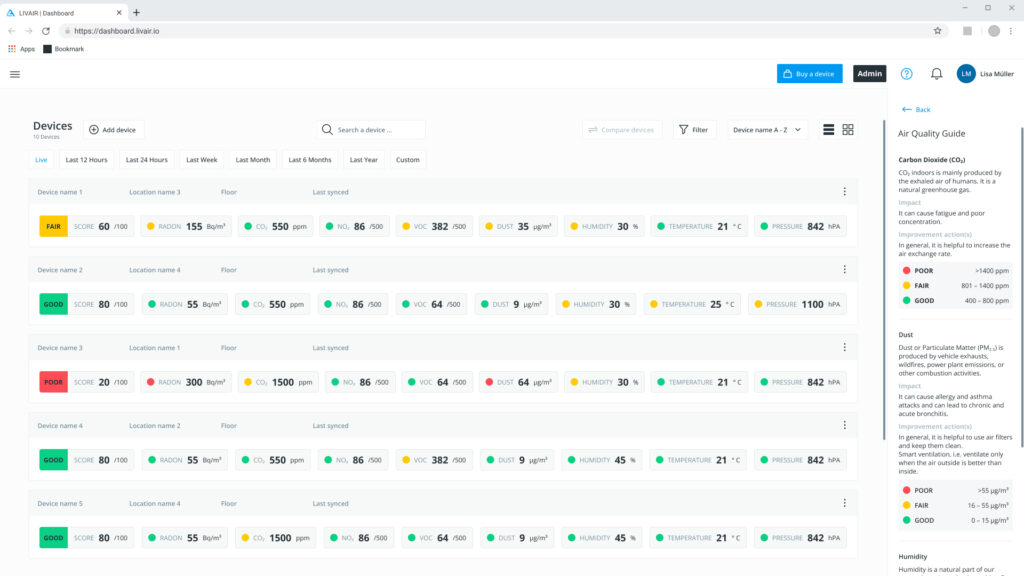

You can find all your real-time results in our dashboard with integrated air quality guide
The Air Quality Guide (AQG) is designed to help users quickly and easily classify their measured air values on a scale.
It will inform you about the origin of the relevant air factor, what effects it can have on your health and well-being and give you some general improvement measures that can work if you don't have complex problems.
LivAir One - the most intelligent air quality monitor
The LivAir monitor is equipped with a variety of sensors. The centerpiece is our patented radon sensor.
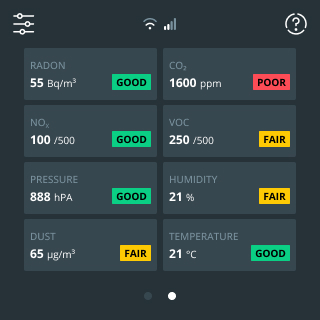
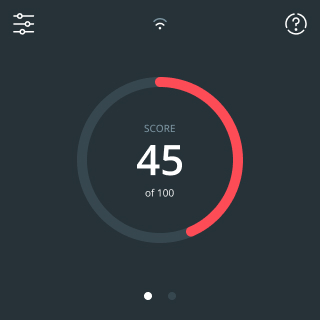
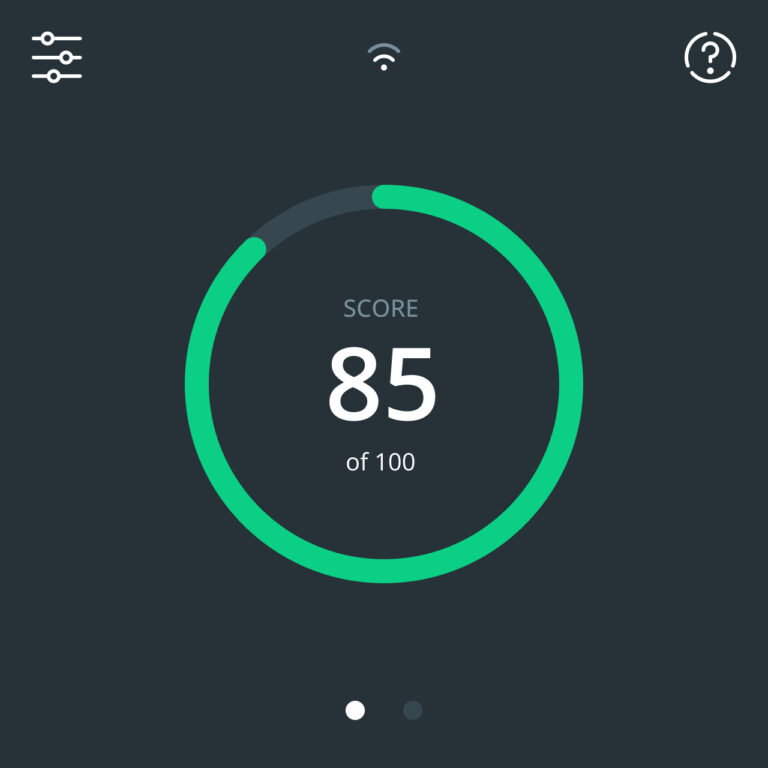
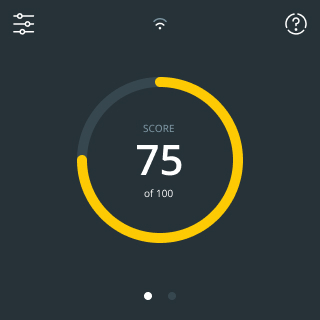
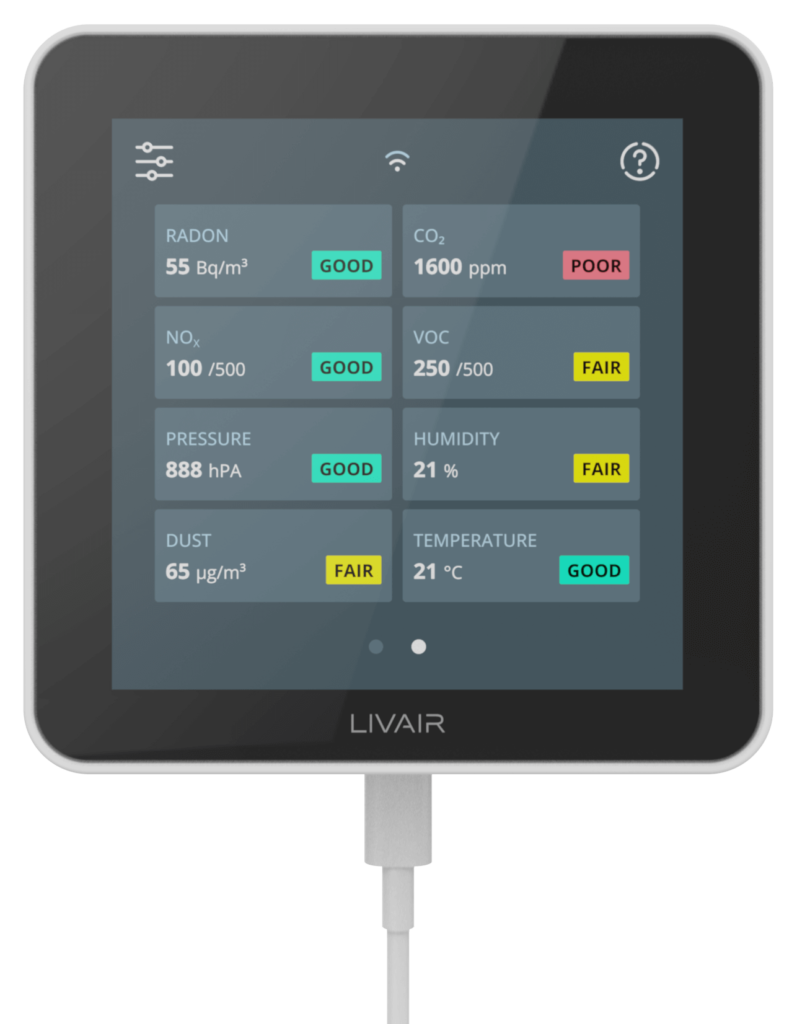

Make the invisible visible
and book your consultation now!
Take a look at how Livair ensures better indoor air.
- invest only 20 minutes of your time
- completely non-binding
- 100% Added value for you
Find out more about our other built-in sensors
Why is CO2 important?
A gas called carbon dioxide consists of one part carbon and two parts oxygen. It is one of the most important gases on earth because it is used by plants during photosynthesis to produce carbohydrates. Photosynthesis is necessary for the survival of life on Earth because humans and animals rely on plants for food.

Why is the CO2 concentration indoors significantly higher than it was 30 years ago?
The combination of CO2 entering the interior from outdoors, indoor breathing and the ventilation rate of a building determines the carbon dioxide concentration indoors. As buildings and homes become more energy efficient and airtight, less fresh air enters buildings and homes. To save energy, many of the ventilation systems used today recycle contaminated air instead of supplying new air. This leads to high CO2 concentrations and poor indoor air quality.
What effects does CO2 have?
High levels are directly linked to low productivity and high sickness rates, making this a critical factor in offices, schools and residential environments.
Powerlessness
Tiredness
Increased heart rate and blood pressure
Headache











